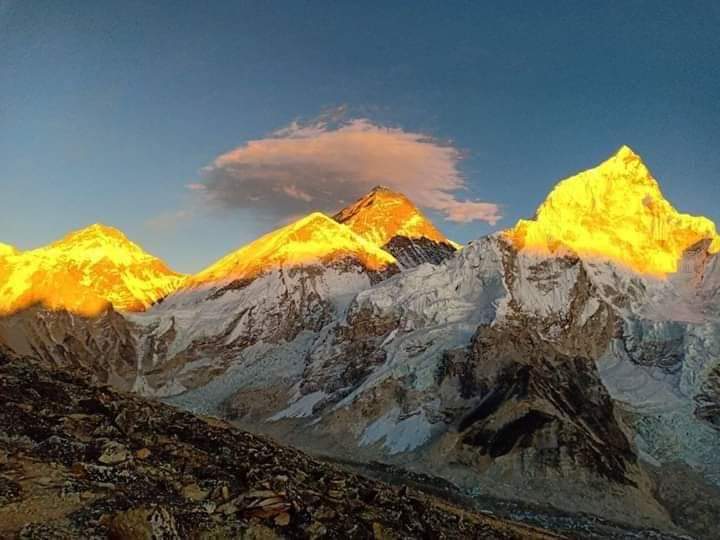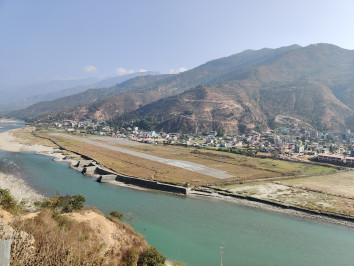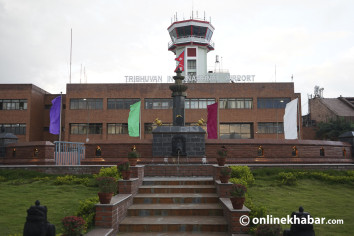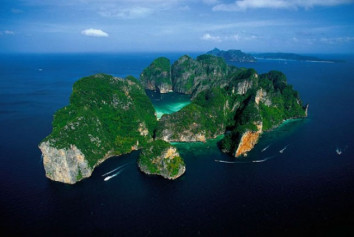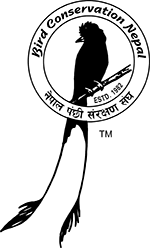4th Jan, 2024
Everest permit to cost $15K from 2025, Cost increase for Everest Expedition after 2025?
Nepal plans to jack up the price of a climbing permit for Everest by $4,000 to $15,000 in a bid to streamline mountain tourism and control numbers amid persistent complaints over the growing number of deaths on the world’s highest summit. Many Climber and Mountaineer asking about Cost for Mout Everest Expedition 2025
Table of Contents
“We have proposed a new royalty fee of $15,000 per person for a foreigner, which will be implemented by the beginning of 2025,” said Yubaraj Khatiwada, spokesperson for the Department of Tourism.
A permit to climb the 8,848.86-metre Himalayan giant currently costs $11,000 for a foreigner and Rs75,000 for a Nepali.
The last time the government reviewed the royalty fee was on January 1, 2015. At that time, an expedition with a maximum of 15 members used to cost $10,000 per person.
The government then did away with the group system, and levied a uniform fee of $11,000 per foreign climber wishing to scale the peak during the spring season from the normal route (South East Ridge).
Nepal's tourism authorities are amending the mountaineering regulation and have prepared a slew of new rules.
Rakesh Gurung, director of the mountaineering section of the Department of Tourism, said that the insurance, salaries and other facilities of porters, high-altitude workers and guides would also be increased along with the climbing fee.
Gurung said that foreign agencies operating expeditions in Nepal would have to make their transactions and businesses formal. There are currently no records of what foreign agencies charge their clients to climb Everest and other peaks.
"Since some agencies have already taken bookings for expeditions in 2024, we have given them time so that their business will not be affected," Gurung said.
One of the stringent measures inserted in the amended guideline is the mandatory provision that dead bodies must be brought back from the mountain.
Industry insiders say that there has been an increasing trend of leaving the bodies on the mountain though they are insured.
A mountaineering official said that retrieving a dead body in the Death Zone is a costly affair. The Death Zone is the part of Everest that lies above 8,000 metres
Removing bodies from higher camps is expensive and difficult because of the danger of the rarefied atmosphere. According to mountaineering officials, it may cost $20,000 to $200,000 to bring down a dead body from extreme points.
Most climbers’ bodies are left behind on Everest every year due to the difficulties and cost factors.
According to Gurung, 17 people climbing from the Nepal side died on Everest during this spring season.
On April 18, 2014, there was an avalanche near base camp which killed 16 Nepali guides. Rescuers pulled out 13 bodies and the remaining three were never recovered as search and rescue operations were called off because they were deemed too risky.
Then in 2015, quake-triggered avalanches buried 20 climbers. In 2016 and 2017, Everest claimed the lives of six and five climbers respectively.
Nima Nuru Sherpa, president of the Nepal Mountaineering Association, the apex private sector body of the mountaineering industry, said currently insurance covers the search and rescue of only a few climbers.
“We are discussing making insurance mandatory in search and rescue operations for all to support the retrieval of bodies from the mountain,” he said.
“If the dead bodies are not retrieved during that particular time or season, we have urged the government to issue a royalty-free permit to retrieve them at any time during the season or the next year,” he said.
“The aim of amending the existing mountaineering regulation is to streamline the industry.”
This spring climbing season, which ended on May 31, Nepal issued 478 permits, the most ever, to climb Everest compared with the previous record of 409 in 2021.
The climbers said that the weather was unpredictable on Everest this spring season, resulting in one of the highest casualties. Everest is climbed mostly in the spring, and has never been climbed in the winter since 1993 and in the autumn since 2010.
“This spring, there were more than 150 chopper rescues made from Camp II on Everest due to injuries,” Khim Lal Gautam, who was the government base camp coordinator this season, told the Post in a recent interview. “Many climbers suffered frostbite due to unpredictable weather.”
In Everest, the world’s best weathermen gather to provide accurate data every year, but this year none of them was accurate, said Mingma G, managing director of Imagine Nepal, an expedition company assigned to prepare the route up to the Everest summit this spring.
“The weather was really harsh for climbers this spring,” he said.
“Normally in the spring, the temperature on Everest would be around -25 degrees Celsius, but this year, it dropped to -35 degrees Celsius. As a result, there were more casualties and injuries.”
According to Himalayan Database, which compiles records for all expeditions and deaths on the Himalaya, there have been more than 200 deaths on the Nepal side of Everest between 1953, when Edmund Hillary and Tenzing Norgay Sherpa first scaled the peak, and 2022.
Nepal’s Tourism Ministry started collecting details of events on Everest dating from 1922 when seven Sherpa climbers died in an avalanche, becoming the first reported deaths on the tallest mountain in the world. But it has no archive of the people who lost their lives on the mountain.
The rising number of deaths has not dented the popularity of Everest, and the number of aspiring summiteers has kept growing. A record 658 climbers succeeded in reaching the top in the spring of 2022.
The Tourism Department is yet to publish the statistics of successful climbs this spring, but officials say there were 644 successes, slightly below the 2022 figure.
Including the estimated figure, there have been 8,270 summit ascents from the Nepal side since 1953. The total summits from Nepal and China have now reached nearly 12,000, according to the combined statistics of the Nepal government and Himalayan Database.
Everest straddles the Nepal-China border and the summit can be reached from both the northern and southern faces. Climbing Everest from the Chinese side is cheaper because the royalty is less and there is a motorable road up to base camp.
The Nepal government collected $5.08 million in revenues from Everest alone this spring climbing season.
Recent Posts

1st Jan, 2024


